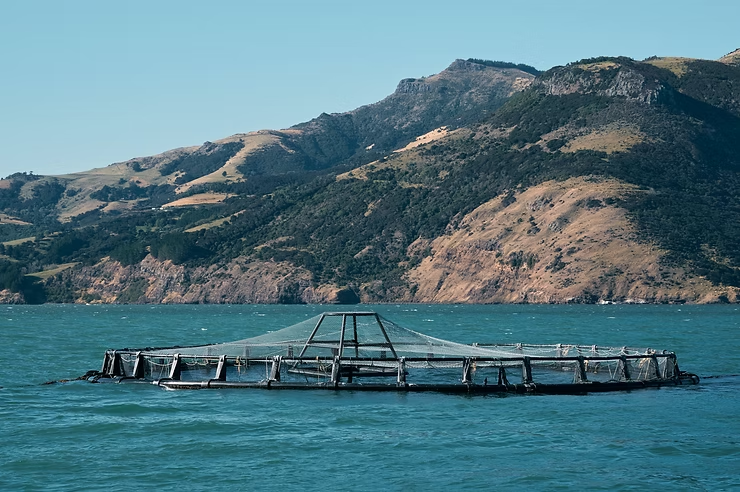Promoting Sustainable Aquaculture Practices
Sustainable aquaculture is essential for meeting growing global seafood demand while minimizing ecological impacts on marine and freshwater ecosystems. By balancing economic, environmental, and social considerations, sustainable aquaculture ensures long-term viability and contributes to global food security.
Importance and Benefits of Sustainable Aquaculture
Reduced Pressure on Wild Fish Stocks
By cultivating fish and other aquatic organisms responsibly, sustainable aquaculture provides an alternative to overfishing, protecting vulnerable wild populations.
Resource Efficiency
Practices such as recirculating aquaculture systems, responsible feed sourcing, and efficient water management minimize resource waste and environmental impact.
Habitat Conservation
Proper siting and management of aquaculture facilities prevent habitat destruction and safeguard sensitive coastal and freshwater ecosystems.
Biodiversity Protection
Responsible aquaculture avoids introducing non-native species, reducing risks to native biodiversity and ecosystem stability.
Responsible Use of Chemicals
By emphasizing disease management, vaccination, and biosecurity, sustainable aquaculture minimizes reliance on antibiotics, pesticides, and herbicides.
Waste Reduction
Effective waste management strategies, including nutrient recycling and by-product utilization, reduce environmental impact.
Social and Economic Benefits
Sustainable aquaculture supports local communities, creates jobs, stimulates economies, and strengthens food security.
Eco-Certifications
Programs like the Aquaculture Stewardship Council (ASC) and Best Aquaculture Practices (BAP) incentivize responsible practices and guide consumers in making sustainable choices.
Genetic Diversity
Maintaining genetic diversity within farmed stocks enhances resilience against diseases and environmental changes.
Research and Innovation
Developing new technologies, improving feed efficiency, and reducing environmental impacts advance sustainability across the aquaculture sector.
Integrated Multi-Trophic Aquaculture (IMTA)
IMTA combines species with complementary ecological roles, using waste from one species as nutrients for another, increasing efficiency and reducing environmental footprint.
Climate Resilience
Sustainable aquaculture systems account for climate change impacts, enhancing resilience against environmental uncertainties.
Stakeholder Engagement
Involving local communities, fishers, environmental organizations, and governments ensures alignment of aquaculture practices with diverse needs and values.
Environmental Monitoring and Assessment
Regular monitoring identifies and addresses environmental impacts, ensuring compliance with sustainability objectives.
Capacity Building
Training and education programs empower aquaculture farmers and workers to adopt best practices, improving industry sustainability.
Conclusion
Promoting sustainable aquaculture is vital for meeting seafood demand while conserving ecosystems and protecting biodiversity. It provides economic opportunities, enhances food security, and supports local communities. Through research, innovation, stakeholder engagement, and adherence to eco-certifications, the aquaculture industry can advance sustainability and ensure a healthier future for our oceans and global communities.

